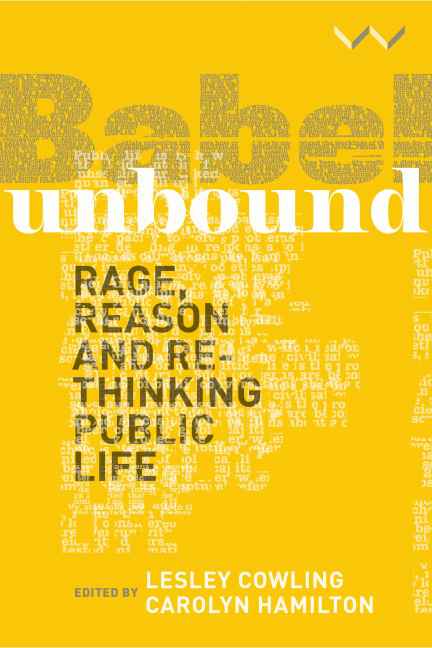Book contents
- Frontmatter
- Contents
- Acknowledgements
- Introduction
- Chapter 1 Rethinking Public Engagement
- Chapter 2 Tracing Public Engagements in Visual Forms
- Chapter 3 Media Orchestration in the Production of Public Debate
- Chapter 4 Fluid Publics: The public-making power of hashtags in digital public spaces
- Chapter 5 ‘Now We See Him, Now We Don’t’: The media and the ‘Black Pimpernel’
- Chapter 6 Archive and Public Life
- Chapter 7 Iconic Archive: Timbuktu and its manuscripts in public discourse
- Chapter 8 The Politics of Representation in Marikana: A tale of competing ideologies
- Chapter 9 Art-Rage and the Politics of Reconciliation
- Chapter 10 Anger, Pain, and the Body in the Public Sphere
- Contributors
- Index
Chapter 2 - Tracing Public Engagements in Visual Forms
Published online by Cambridge University Press: 10 September 2020
- Frontmatter
- Contents
- Acknowledgements
- Introduction
- Chapter 1 Rethinking Public Engagement
- Chapter 2 Tracing Public Engagements in Visual Forms
- Chapter 3 Media Orchestration in the Production of Public Debate
- Chapter 4 Fluid Publics: The public-making power of hashtags in digital public spaces
- Chapter 5 ‘Now We See Him, Now We Don’t’: The media and the ‘Black Pimpernel’
- Chapter 6 Archive and Public Life
- Chapter 7 Iconic Archive: Timbuktu and its manuscripts in public discourse
- Chapter 8 The Politics of Representation in Marikana: A tale of competing ideologies
- Chapter 9 Art-Rage and the Politics of Reconciliation
- Chapter 10 Anger, Pain, and the Body in the Public Sphere
- Contributors
- Index
Summary
Normative understandings of public debate mostly associate it with the written texts or the back-and-forth of debating interlocutors making rational arguments. However, visual forms also occasion and animate public engagements. This chapter lays out a methodology for tracking the circulation of visual forms involved in public deliberative activity and the various kinds of ‘take-up’ they engender.
The chapter offers a conceptual vocabulary for the description of what is involved and the methodology can readily be applied to written texts. It is particularly useful in relation to visual forms because, without such a methodology, it is difficult to grasp the impact of visual forms on processes of public engagement beyond how they are received by audiences.
The visual forms we deal with here are forms that have entered circuits of public engagement. Whether individual creative works or a collection of items, such as an exhibition or a book of images, they are forms that have some kind of ‘charge’ linked to their aesthetic or affective dimensions and that gain further force in the course of their public lives. In other words, we are concerned with those forms that garner what Litheko Modisane terms ‘public critical potency’. This refers to the capacity of visual forms to precipitate public critical engagements, through the interplay among their form, content, genre and the conditions of their circulation. Although Modisane's original use of the term was with reference to film, public critical potency can be seen in other public engagements.
The surfaces and form as well as the (sometimes changing) media propel their ideas into ever-widening arcs of public life. These aspects of visual forms are part of the agency located in the form, part of the ‘stickiness’ which certain cultural and art forms develop over time, attracting repeated engagement long after their initial distinction has dissolved.
Visual forms are of particular interest for a number of reasons: they are able to engage with matters that are repressed or not easily articulated in a society, revealing things that may not otherwise be readily apparent. Often visual forms raise issues that may be unsayable in words. They have a capacity to dwell in the contradictions that many other kinds of public interventions are under pressure to eliminate. They can entertain ambiguity and many potential meanings and interpretations and set aside relentless searching for fact and reason.
- Type
- Chapter
- Information
- Babel UnboundRage, Reason and Rethinking Public Life, pp. 40 - 63Publisher: Wits University PressPrint publication year: 2020

